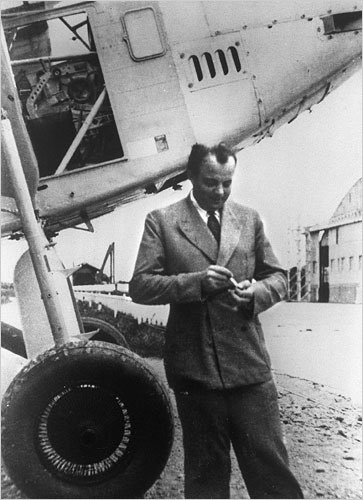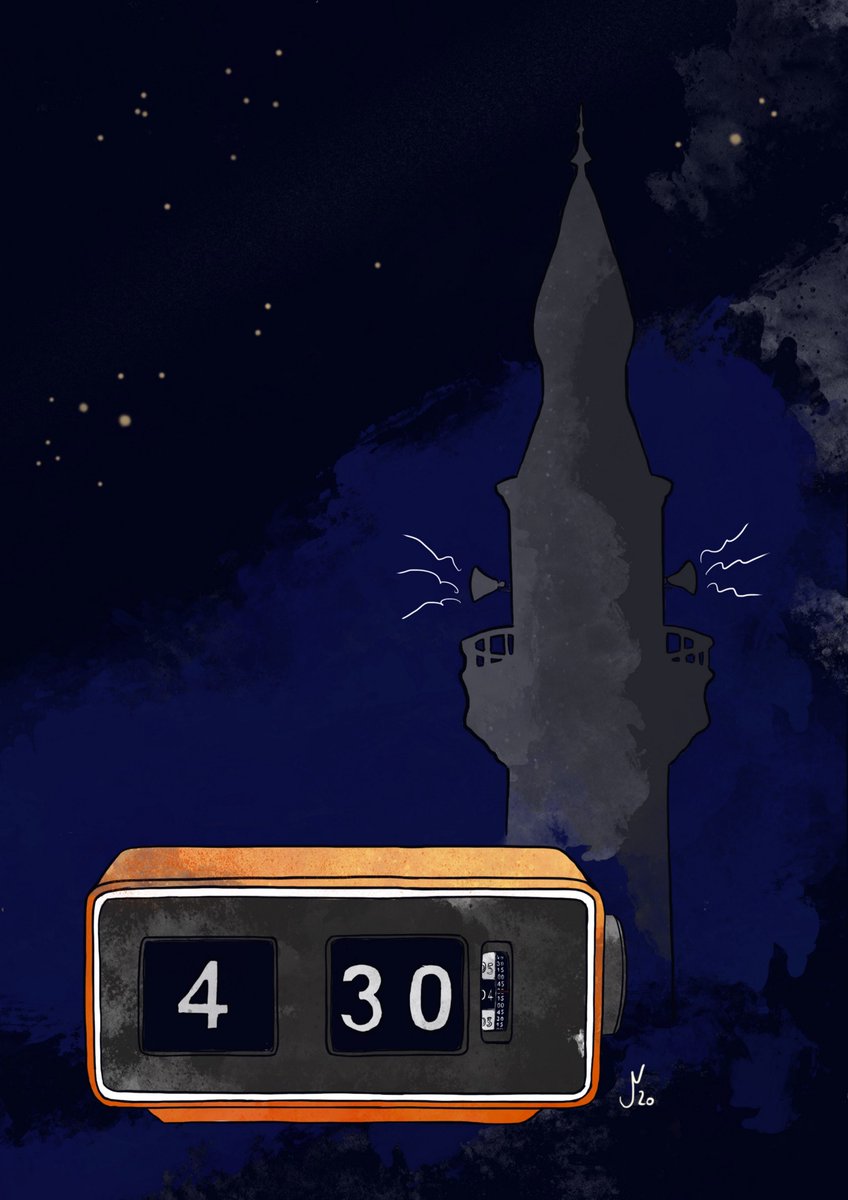
"Your task is not to foresee the future, but to enable it."
Remembering Antoine de #SaintExupéry - who #OnThisDay in 1944 disappeared during a reconnaissance mission in the Rhone Valley.
Remembering Antoine de #SaintExupéry - who #OnThisDay in 1944 disappeared during a reconnaissance mission in the Rhone Valley.

Only in September 1998, a fisherman, Jean-Claude Bianco, found a silver identity bracelet ('gourmette') with the name of Saint-Exupéry east of Riou Island, south of Marseille - far from his originally intended flight path. 

In May 2000, diver Luc Vanrell finally found the remains of a Lockheed P-38 Lightning on the seabed off the coast of Marseille near where previously the bracelet was found.
Three years later the aircraft's remnants were recovered - and identified as Saint-Exupéry's.
Three years later the aircraft's remnants were recovered - and identified as Saint-Exupéry's.

While there is no official Wehrmacht report remaining, following inquiries by Luc Vanrell and Jacques Pradel suggested Luftwaffe pilot Horst Rippert of the Jagdgruppe 200 may have shot down Saint-Exupérys plane:
nytimes.com/2008/04/10/wor…
nytimes.com/2008/04/10/wor…
An admirer of Saint-Exupéry's books, Rippert expressed both fears and doubts that he was responsible, but stated in 2003 he became certain that he was responsible when he learned the location of the wreckage.
These claims, however, remain disputed.
m.faz.net/aktuell/gesell…
These claims, however, remain disputed.
m.faz.net/aktuell/gesell…
• • •
Missing some Tweet in this thread? You can try to
force a refresh















